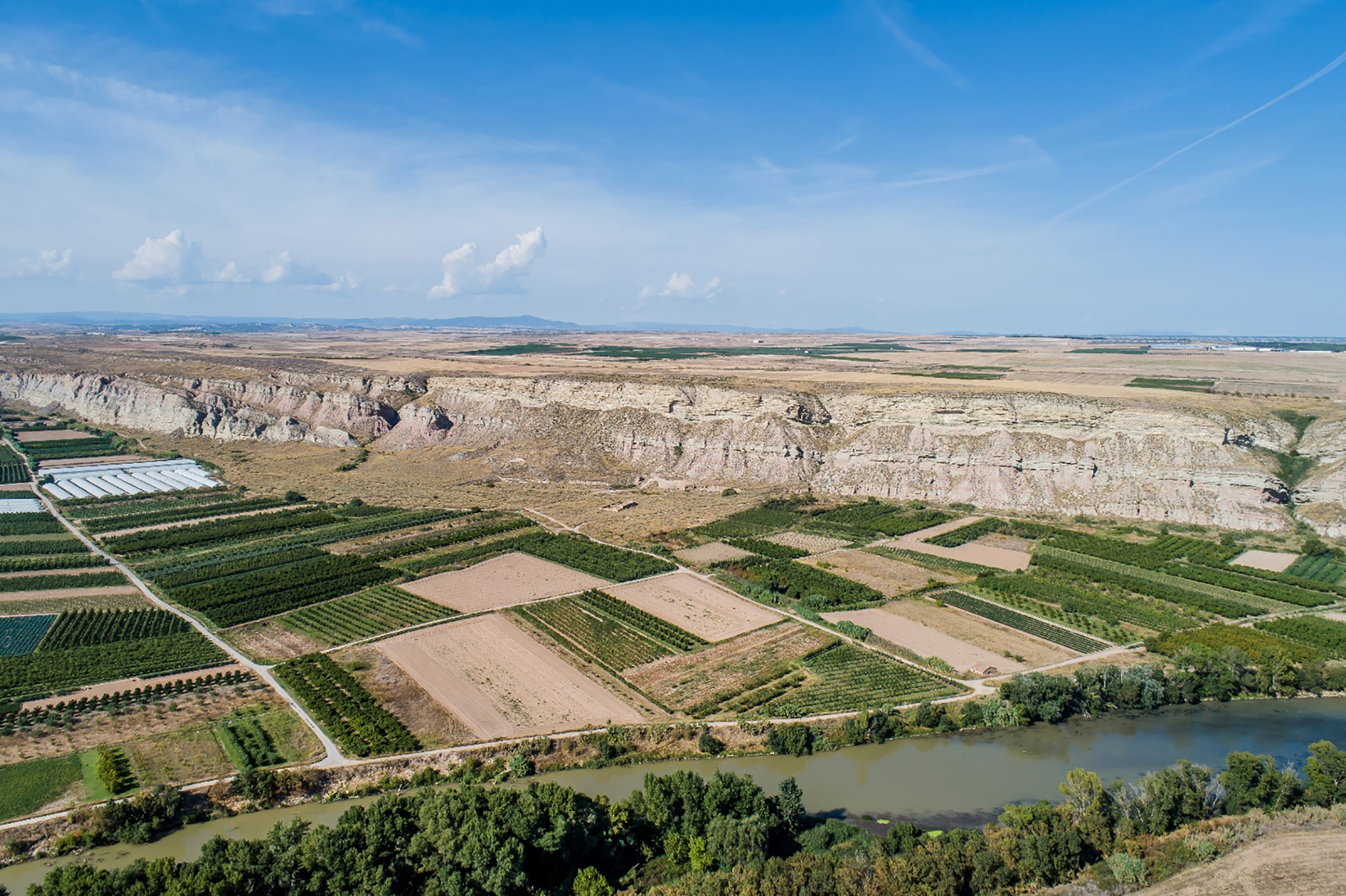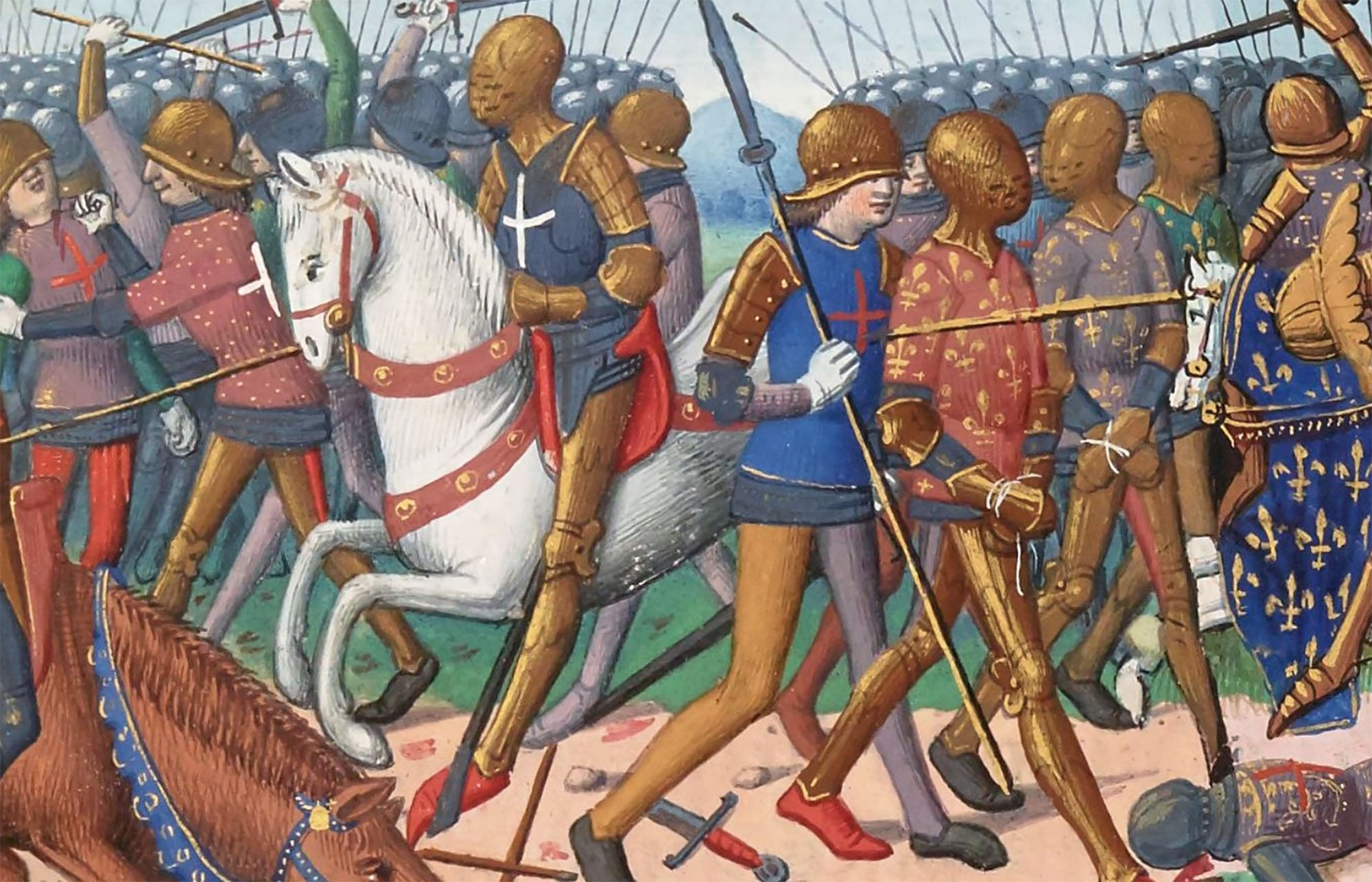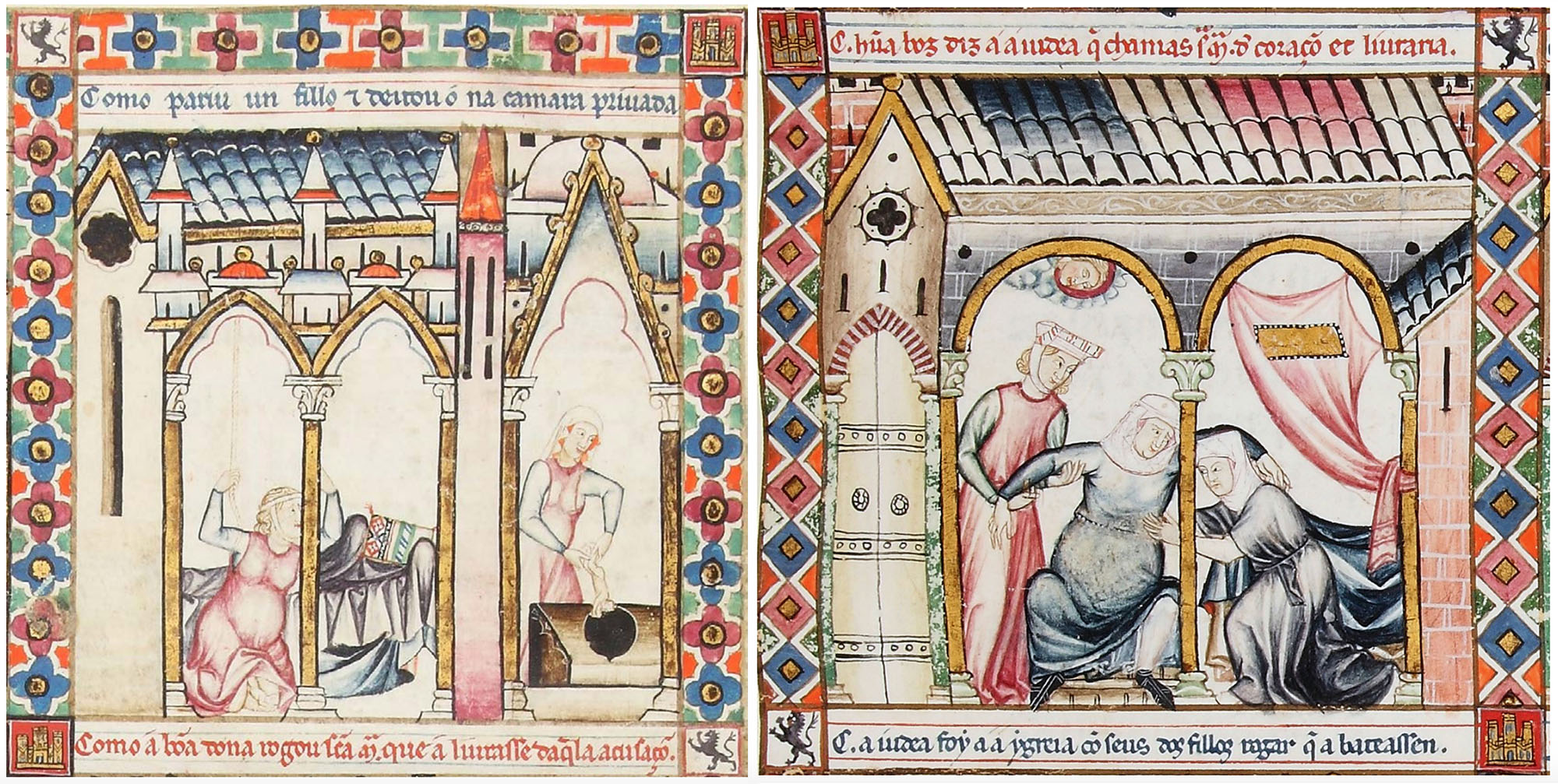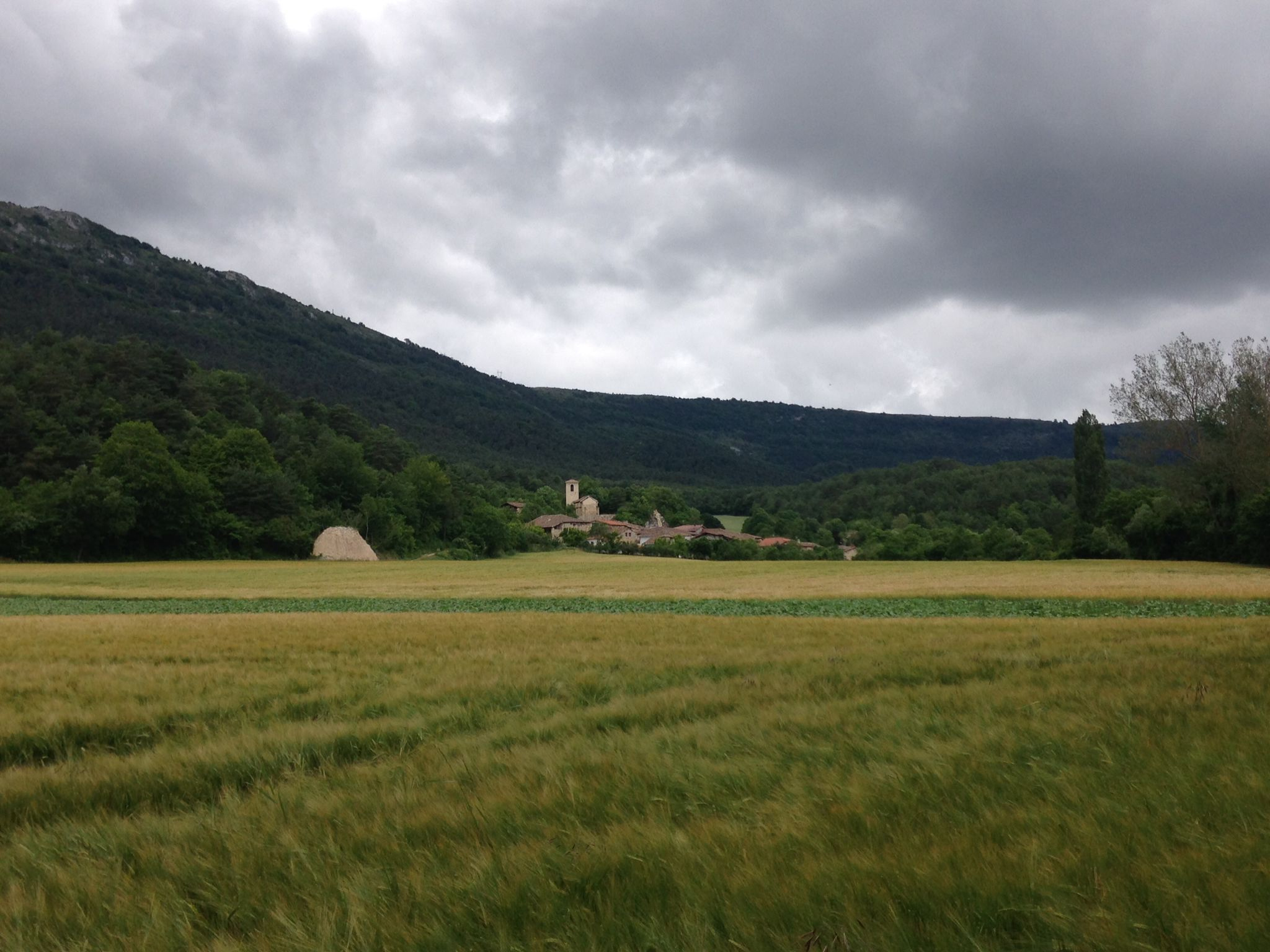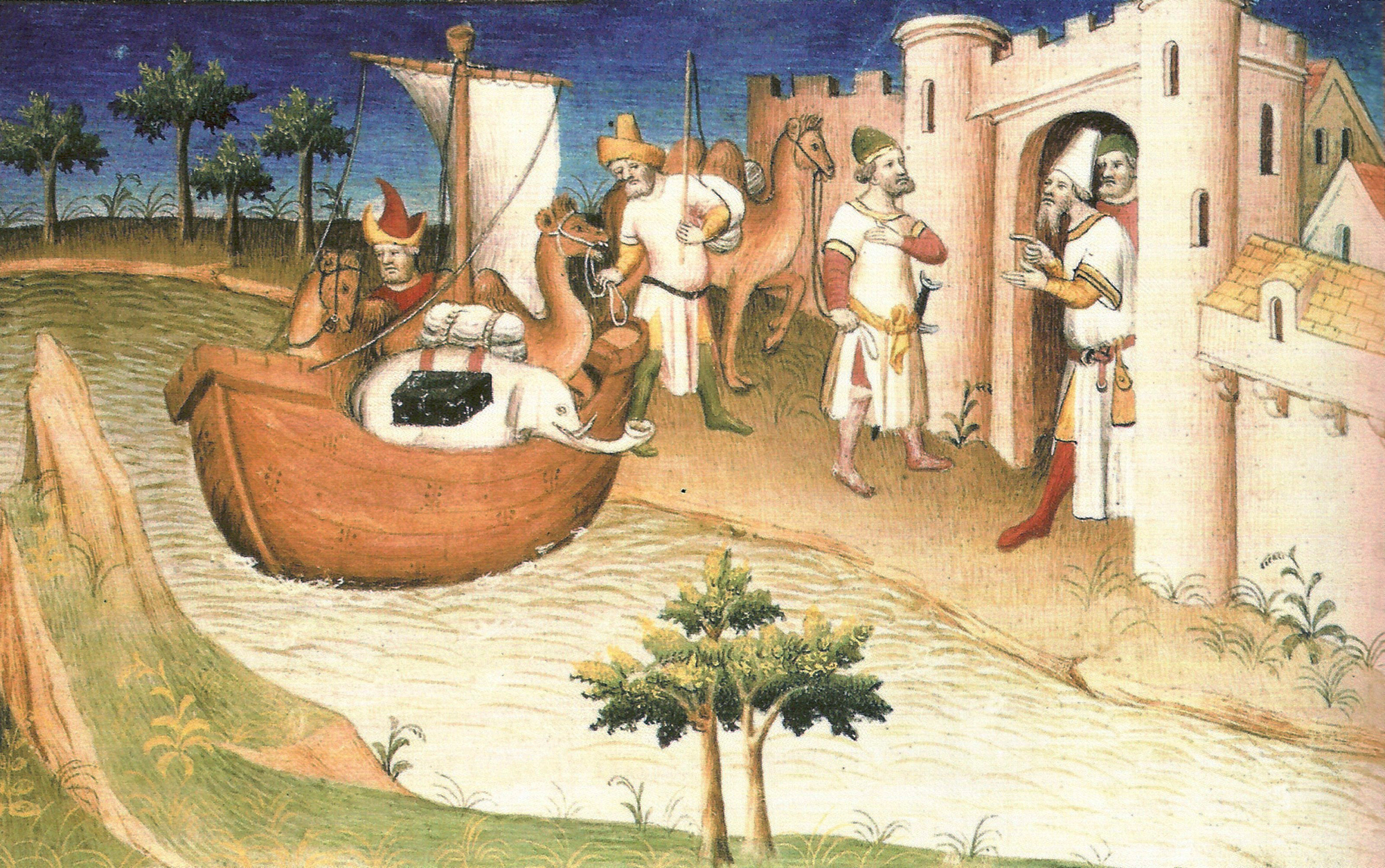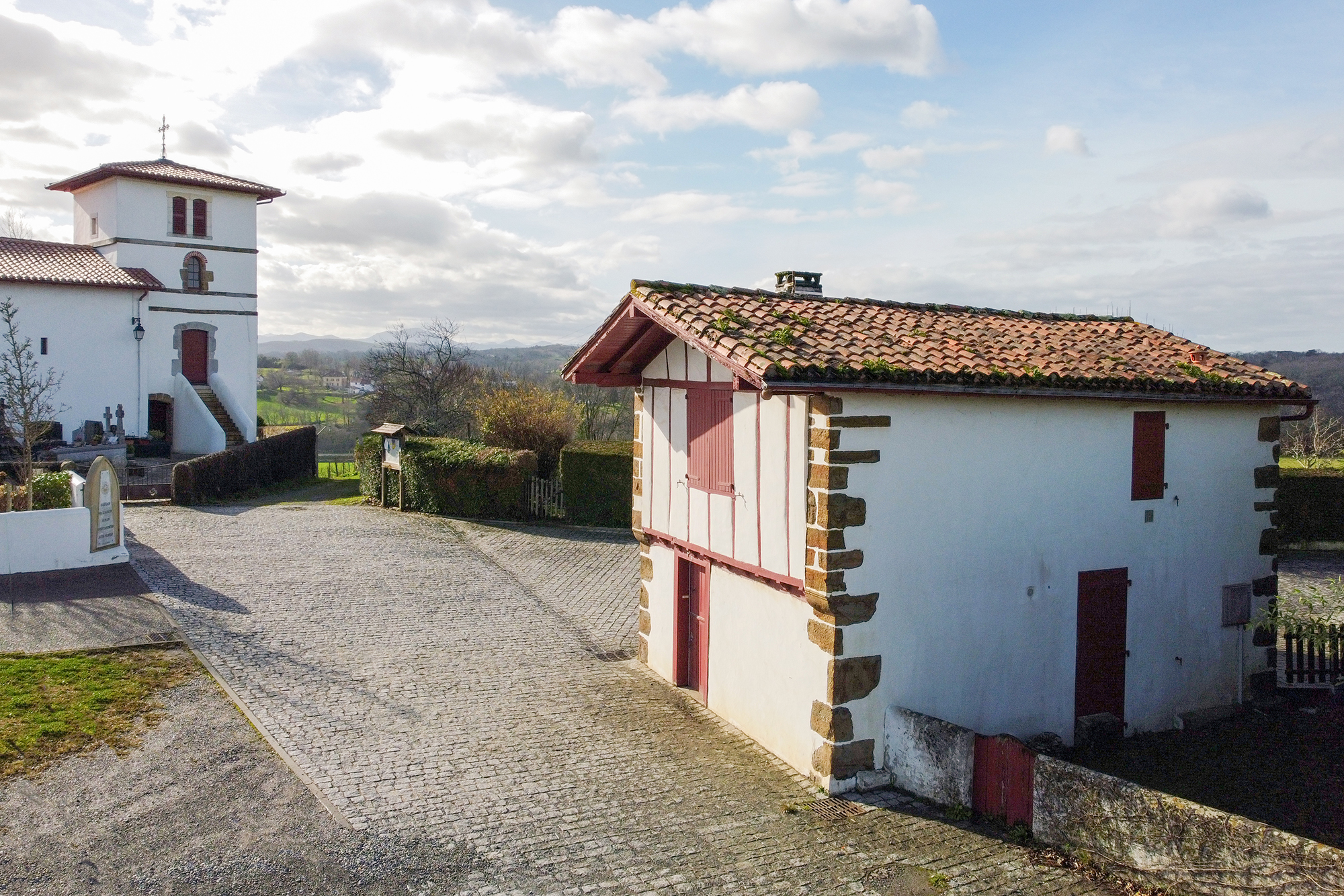"In the 16th century. In the 16th century. In the XVI. In the twentieth century, in Navarre, women were a little more advanced in rights than other peoples"
- Amaia Nausia analyzes what the ideals of femininity have been since the beginning of the Modern Age and the consequences of the indoctrination and punishment processes suffered by women who have lived outside this order.
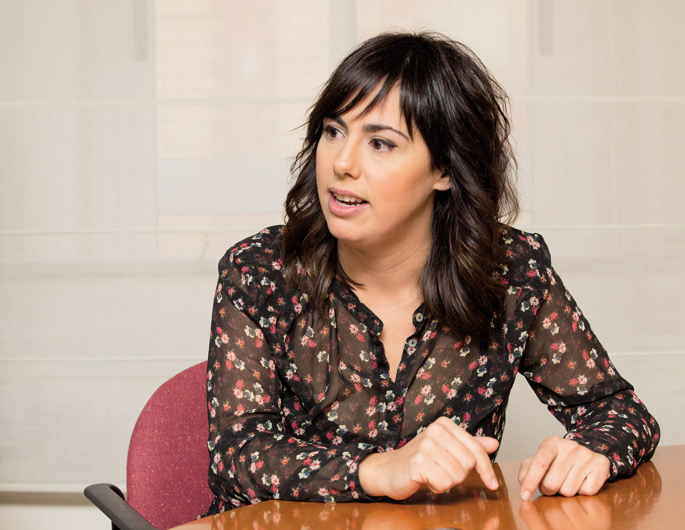
Historian by vocation?
Since I was young I was clear that I wanted to study History, perhaps because from a young age I have had very good teachers in the ikastola, among them Joseba Asiron, the current mayor of Pamplona. Then I spent eight years at the University of Opus, first on my degree and then on my thesis, and then I fell in love with modern history. After working on a scholarship from the department, I went with the Erasmus programme to Siena and worked for a year at the University of Pisa.
What can be the role of Eusko Ikaskuntza after almost 100 years?
Eusko Ikaskuntza emerged in the absence of a university in the Basque Country, in order to fill this gap. Now you have to rethink what your task is. It has always been a meeting place for thinkers, researchers and institutions and has the capacity to do so. However, it has to demonstrate that it still has that capacity today. Since its inception, the main institutions of the South have been the drivers of this initiative, which is being carried out jointly by all the territories of the Basque Country. This nature is inherent in the organisation and we must take advantage of it.
Here in Navarre, better with the new government?
At least we've regained the relationship. There was a pause with Barcina. We have now managed to resume direct relations with the government. At least we see that the doors are open again.
Have you always talked about women as a historian?
History has always interested me, to understand myself and around me. As a woman, I'm interested in women. At first, I started to address the issue of widows, because the thesis director proposed it to me. I thought I wasn't a feminist, and it seemed to me that the gender perspective was reductionist. Over the years, though, I've realized that I'm a feminist and that the gender perspective is very important because we've always been classified in history. I've also seen clearly that gender is a construction.
Why the 16th century?
In the sixteenth century many changes took place and many of the foundations of our current society were laid at that time. The construction of the modern state begins. It's called confessional time because the State and the Church go hand in hand, and then the period of discipline began.
It goes from the Middle Ages to the Modern Age. In the Middle Ages power was dispersed in the hands of the lords and in the 16th century, when nations emerge, kings realize that it is they who have to assume all power. In this sense, political, economic, military, and religious power begin to converge… in order to achieve a strong and centralized state.
The family was very important because every family is like a small state. If families work well, the state will work well. To do so, everyone has to be very clear about their mission, and women have always been at the disposal of men. The State begins to mark the behavior of women in the public and private spheres. The indoctrination and discipline of women at that time are very violent. Society embraces a discourse that comes from a long time ago. It's very interesting to see what mechanisms they put in place to control women. According to this discourse, women are dangerous because they are intellectually weaker, and to prove it they give arguments of “medicine”. Spanish moralist Juan Luis Vives, for example, said that when a woman becomes pregnant, when she takes the seed, if her stomach was hot, a man would be created, and if it was cold, a woman. The theory was concluded: “In the absence of heat, women are more stupid at birth, more frightened, weaker, and have to take care of small tasks.”
When we say that he lacks a dip when we talk about a person, the idea comes precisely from here. A paternalistic discourse is thus produced. God has given man the ability to think and thanks to it he is able to control his passions, but since women are more stupid, we cannot control our passions and that is why we must always be at the mercy of a man, first the father and then the husband. That's why widows were so dangerous, because they didn't have men nearby and they also knew about sex.
Is women the origin of all the evils of society?
Yes. This speech is not new. Pandora in classical culture, Eve in Christianity, etc. In the 16th century, control over women, which has always been established, was nothing more than an increase. Ideals are created in which women are offered chastity or motherhood. The Virgin is the culmination of all ideals, because she is both virgin and mother. It is very interesting to see how sometimes these ideals clash with the nature of the women of Navarra.
In what collision?
After the war and the conquest, there were a lot of widows left in Navarre. This situation, in addition to the misfortunes, offered new opportunities to these women. For the first time, they were free to manage houses, property and families. In a way, it was legally protected. In Navarre, two legal figures were established: the usufruct of widowhood and compensation or dowry. Although usufruct already exists, and not only for women, at that time it allowed the woman to manage all the goods that had belonged to her husband. But to do so, the woman had to meet a number of requirements: to enjoy the usufruct while keeping a widow and without any kind of sexual intercourse. Therefore, sexual conduct was controlled by the law of widowhood. The usufruct could also be lost by the accusation of witchcraft. In this sense, a multitude of families' internal stories are observed in the processes, some very hard. Sometimes, for example, the children denounce the mother to take her from the middle and appropriate her. The usufruct is created to protect the widow, but at the same time to guarantee the family unit. In this way, it is partially ensured that the widower will stay at home taking care of his or her children and no new owner will enter.
Was it also happening outside Navarre?
It is also present in other territories such as Catalonia and Aragon. But here is a second legal figure that further strengthens the role of women: remuneration or endowment. When becoming a widow, the woman can decide to enjoy the usufruct or regain her dowry. The peculiarity of Navarre was that the prize was fully recovered. She didn't need to be part of her husband's family or children. The Courts decided that women own their dowry and have the full right to manage it. Women here give a little more autonomy than the rest of Europe.
There you see that the great ideals of women clash with reality. Ideals claim women to be humble, dependent, but sometimes their behavior in reality is different because they had rights and custom weighed a lot.
Have widows been more protected in Navarre?
In the 16th century, in Navarre, women were a little bit ahead of rights, especially because of the weight of custom. They were not free, far from it, but they were better than in Italy, England or Castile. There were no great differences with Aragon and the situation in the Netherlands was also the same.
There is a lot of talk about the mythical Basque matriarchate. Can this be influenced by what you have told us?
No. If patriarchy is the superiority of men, matriarchy is that of women and nothing like that has been known in history. In the matriarchy, women exercised power in the private and institutional spheres, something that has never happened. When a lot of people talk about that, the only thing they think about is the private. In many houses the mothers send, but that's because women have taken the responsibility of caring for us, and we have also lived with pride believing that it is our natural sphere of power. Basically, it's a way of limiting women's model of power. They tell us that we do it very well and it won't work without us, but it's a trap.
The classification of virgins or sluts, the same account for the past 500 years?
I tried to explain in the book how in history the speeches have been very similar and for this I took two historical moments to make the comparison: the time of conquest and the words of Pilar Primo de Rivera in the Civil War. Language changes, but the message doesn't. Sanctioning mechanisms were also similar: exclusion and punishment. In the 16th century, there was a “public shame”: the woman naked on the donkey and carried her through the streets, beat her with the whip and the shame she was before reported on her sins.
At the time of the war, they did something like this with the “reds.” We've all seen stubborn women, drinking castor oil, crawling down the streets, suffering people's mocking and screaming. Many processes of witchcraft have also been mere sanctions for the indoctrination and discipline of women, especially widows.
And today?
These speeches are very internalized in our DNA. Even if you think you're a feminist, you have a lot of internal contradictions. With motherhood, for example. Many see you denatured if you reach a certain age and you're not a mother. If you're a mother and an apologist for your work, bad, because you're a victim of capitalism. If you do it backwards and stay at home, you're a victim of patriarchy.
Women, compared to other women, are often harder than men. We have this discourse that's more internalized than we thought, and somehow we're trying to fulfill it. When we see a woman acting more freely than we do, we fight her violently. We punish ourselves, and others even more.
What projects do you have for the future?
I want to adapt my thesis to publish with Pamiela. On the other hand, I want to write about the spell and capitalism. Witches were usually normal women who were out of the system. On many occasions, midwives and doctors clashed with doctors.
1982, Iruñea
Historian lizentziaduna Nafarroako Unibertsitatean. Entre el luto y la supervivencia: viudas y viudedad en la Navarra Moderna (siglos XVI y XVII) tesiaren egilea. 2012an ¿Vírgenes o putas? 500 años de adoctrinamiento femenino (1512-2012) liburua plazaratu zuen Erein argitaletxearekin. Eusko Ikaskuntzako Nafarroako ordezkaritzako burua, Euskalerria Irratiko zutabegilea, Euskadi Irratiko Faktoria saioko tertuliakidea eta Gaur 8 aldizkariko artikulu egilea da.
“Humberto Maturana zientzialari txiletarrak kultura matristikoaz hitz egiten du. Matrize edo umetokia hitzetik letorkeen kontzeptua da. Berak eta Claudio Naranjok La mente patriarcal liburuan azaltzen dute nola Paleolitikotik Neolitikora pasatzean sortu zen patriarkatua, Europa Erdialdeko teoria batzuen arabera. Paleolitikoan ehiztariak eta biltzaileak ziren. Ez omen zuten banaketa hierarkikorik, ez arma edo harresirik, gizarte horizontalagoa zen eta ama lurrari, emankortasunari, ematen zioten garrantzi handiena. Neolitikoaren zibilizazioa kanpotik etorri eta nagusitu zen. Neolitikoan, nekazaritzari esker, lehen aldiz dugu behar duguna baino gehiago eta horrela areagotzen da jabetza sentimendua eta besteak balizko arerio gisa ikusteko joera. Garai hartan hasten dira harresiak altxatzen eta labore sailak banatzen. Idazketa eta matematikak sortzen dira, eta izarrak eta eguzkia begiratzen hasten dira. Ama lurraren erlijiotik izarretako erlijiora pasatzen dira. Pentsamendu abstraktua areagotzen da eta horrek dikotomia dakar: ama lurra femeninoa da, ezegonkorra, arriskutsua. Izarrak, aldiz, fidatzeko modukoak dira, seguruagoak eta maskulinoarekin identifikatzen da. Egoera horretan sortzen da patriarkatua eta kapitalismoa ikerlari horien arabera”.
Japonia, XV. mendea. Espioitzan eta hilketa ezkutuetan espezializatutako eliteko talde militarra sortu zen. Edo horixe uste du behintzat Stephen Turnbull historialari britainiarrak. Beste aditu batzuen ustez, askoz lehenago sortu ziren ninjak, duela 2.300-2.500 urte inguru. Eta... [+]
Zamora, late 10th century. On the banks of the Douro River and outside the city walls the church of Santiago de los Caballeros was built. The inside capitals of the church depict varied scenes with sexual content: an orgy, a naked woman holding the penis of a man… in the... [+]
In the fall of 1415 the battle of Agrincourt erupted between England and France, one of the most decisive wars of the Hundred Years War. To this end, when Henry V, king of England and lord of Ireland, decided to send his army to France that summer, the soldiers landed on the... [+]
Toledo, 1272-1280. Alfonso X of Castile gathered 427 monomedical songs dedicated to the Virgin. The Cantigas de Santa Maria constitute one of the most important musical and literary collections of the Middle Ages, but being decorated with the miniature cantiga, these... [+]
The European Middle Ages are generally depicted as a dark era. We relate it to delay, violence, belief and tyranny. Those who lived that time are considered barbaric and ignorant. Its name is also significant, because it is contemptible: as a time of little importance that... [+]
Venice, 24 April 1459. The monk and cartographer Fra Mauro finished the map of his world in his cartography workshop in the monastery of San Michele in Murano. This work was done on behalf of the Portuguese king Alfonso V.aren and, once the map was completed, it was sent to... [+]
Rome, April 1215. IV. In the Council, the Catholic Church prohibited the surgery of priests and monks, among others. Also in previous councils, Reimsen and Tours, they worked on the issue, arguing that only legataries had to deal with saving souls and that they had to avoid the... [+]
Venice, 8 January 1324. The famous traveler and merchant Marco Polo died at the age of 70. About to die, the people gathered in the area asked him to recognize that what was told in the book Description of the World was a fiction, but the last words of the traveler were: “I... [+]
Até agora considerouse que os estribos e celos fundamentais para o uso dos cabalos inventáronse en China cara aos séculos V ou VIN. Pero na cova de Urd Ulaan Unet, en Mongolia, atópase máis antigo, do século IV. O bidueiro da zona está feito de madeira, polo que non é... [+]











